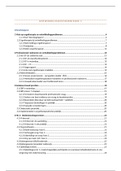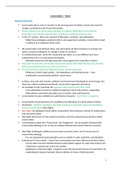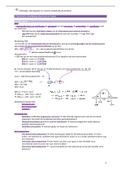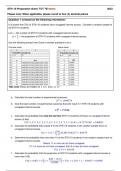Notizen
Molecular Genetics
- Kurs
- Hochschule
A brief but heavily detailed document containing the core subjects in molecular genetics, including key words and their meanings. This will give you a good understanding of molecular genetics at a second year biomedical science level, without having to take in too much information about each indivi...
[ Mehr anzeigen ]










